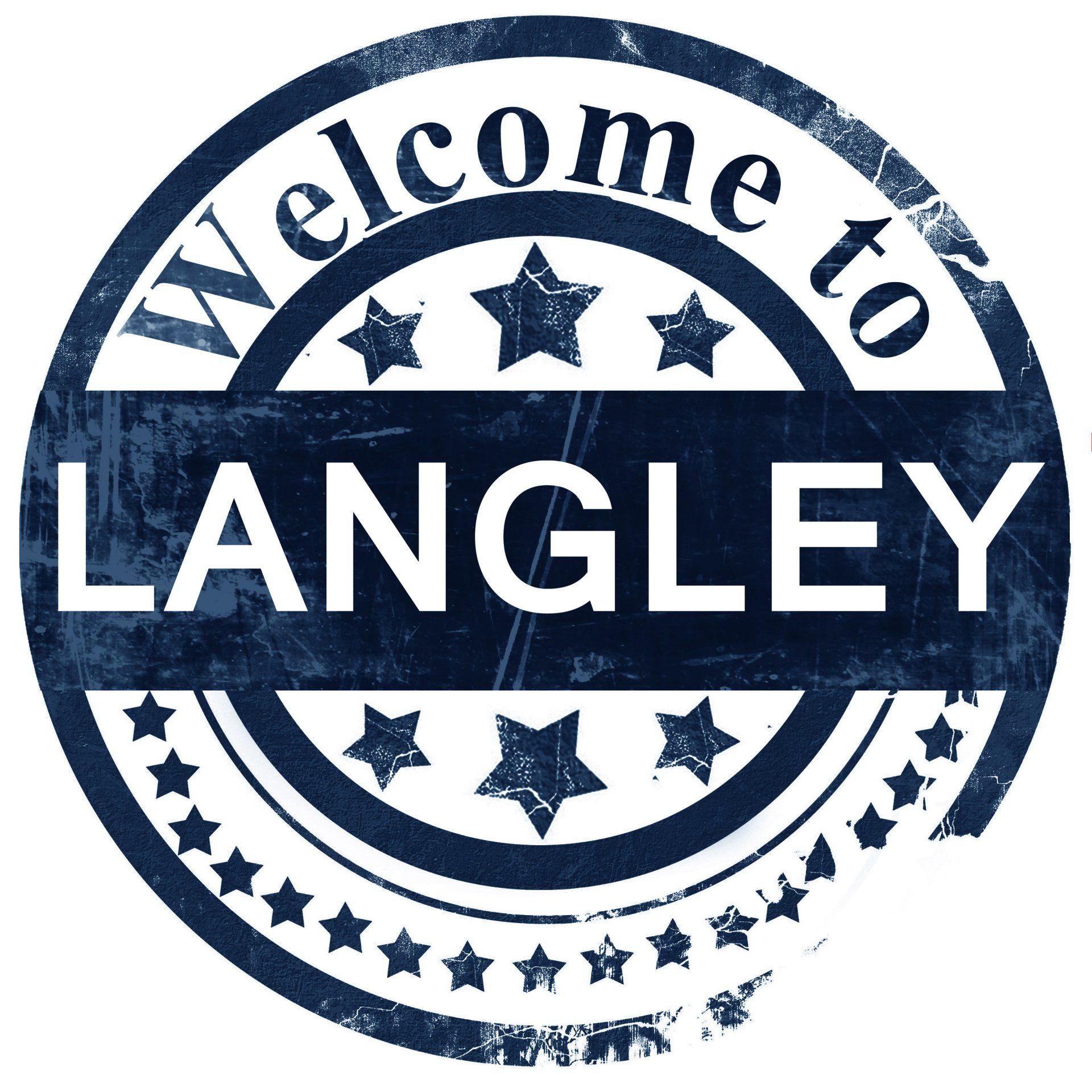The Township of Langley Joins the CAC Train
- By Admin
- •
- 03 Sep, 2018

The UDI shared many of their concerns with Jason Chu, the TOL’s Manager of Long Range Planning, back in February. The gist of their concerns was that CAC money should be spent where it is visible and useful to both the new residents that are providing them and the established residents in the neighborhood who have dealt with all the new development. The UDI recommended that CAC money be spent on local pools, ice rinks and community centres.
A few weeks ago, the TOL’s Community Development Division submitted its recommendations to the City Council for their new CAC policy. The report suggested that CACs be used for the development of Township-wide greenways, a satellite RCMP detachment, a conference and entertainment centre, recreation centres and affordable housing. 20% of CAC revenues would be placed into an Affordable Housing Reserve Fund to pay for Development Cost Charges for these projects.
It’s clear that the Community Development Division took some of the UDI’s concerns to heart. It had been suggested that CACs be used for things like airport improvements and an agri-plex, but the UDI and others pointed out that these kind of expenditures fall under the category of Economic Development Generators. These improvements would benefit businesses, not local residents, and should therefore be funded through business taxes, not CACs that, in the end, come out of new residents’ pockets. The Community Development Division apparently took the feedback and amended their plans, and for that we commend them.
We understand that the TOL is one of the last Metro Vancouver communities to levy CAC requirements on developers. To many, this seems like an inevitable policy change, and the UDI is in no position to resist it. But Daniel Greenhalgh, our project manager, echoes the UDI’s views on their purpose.
Daniel Greenhalgh’s Thoughts on CACs
“If we’re going to do the Community Amenity Contributions, then we need to see the benefits directly in the community where they’re coming from. The cost to build in any area of Metro Vancouver, including the TOL, is multiplying every year, and there’s a delicate balance to how much cost developers and new homeowners will stomach. We’re already asked to develop a lot of our own infrastructure in the TOL, including things like sewers, parks, streetlights, and roads. This is just the cost of getting approval to build there, and these are things that most other municipalities provide. So if you’re adding additional fees here, you need to make sure that those fees are not being diverted to areas where the new residents would never see them.”
It seems to be a widely held belief among B.C. municipalities that developers are a bottomless pit of money from which to draw. But with a population set to double in 30 years to 250,000 people, the TOL needs to be cautious in tapping the well too many times. At some point, developers and prospective homeowners will look to cities that build their own roads and put up their own streetlights instead of asking for new residents to pay for them.


